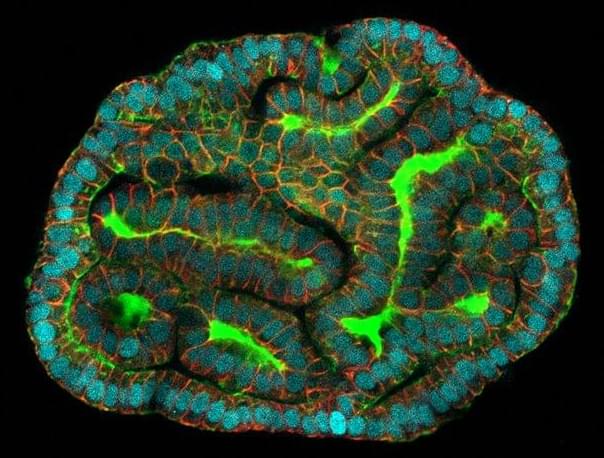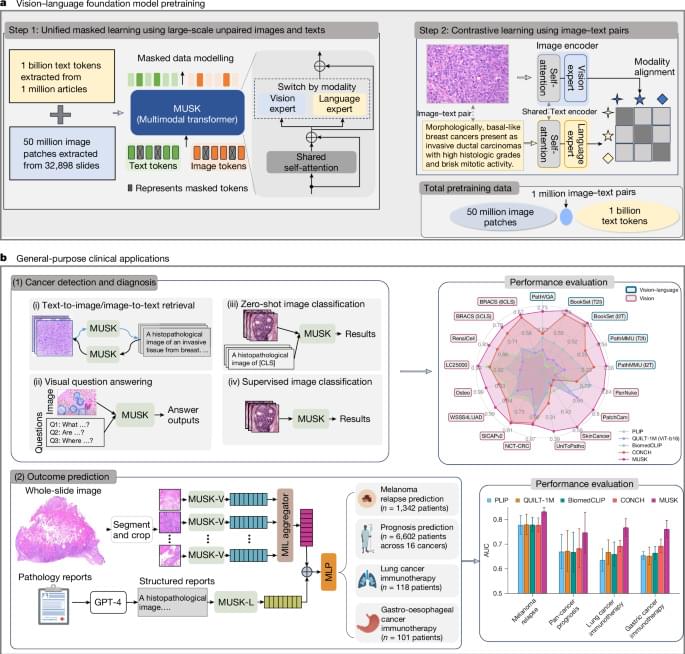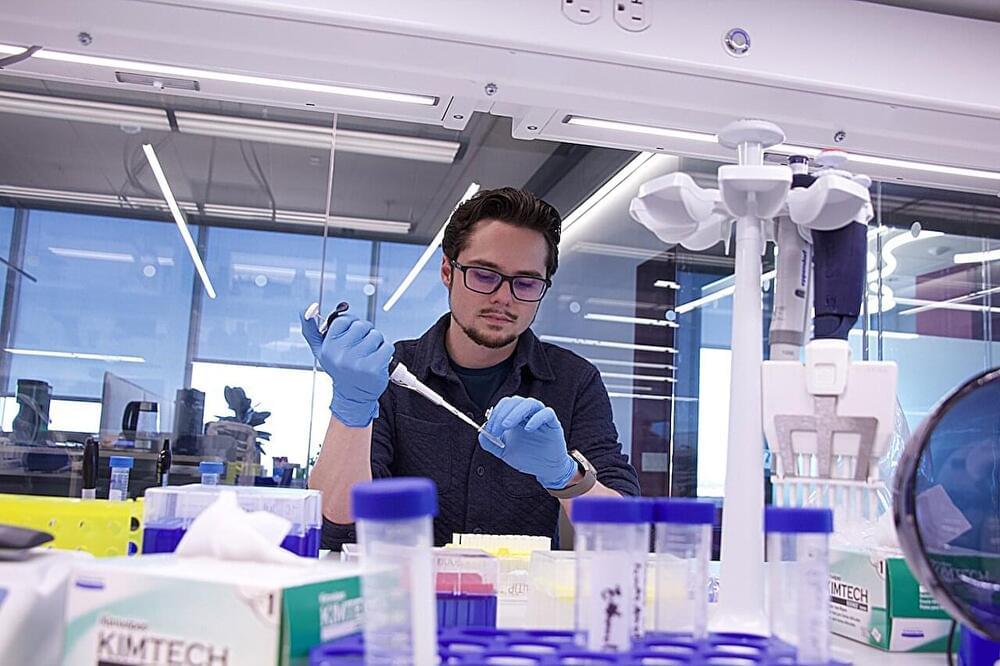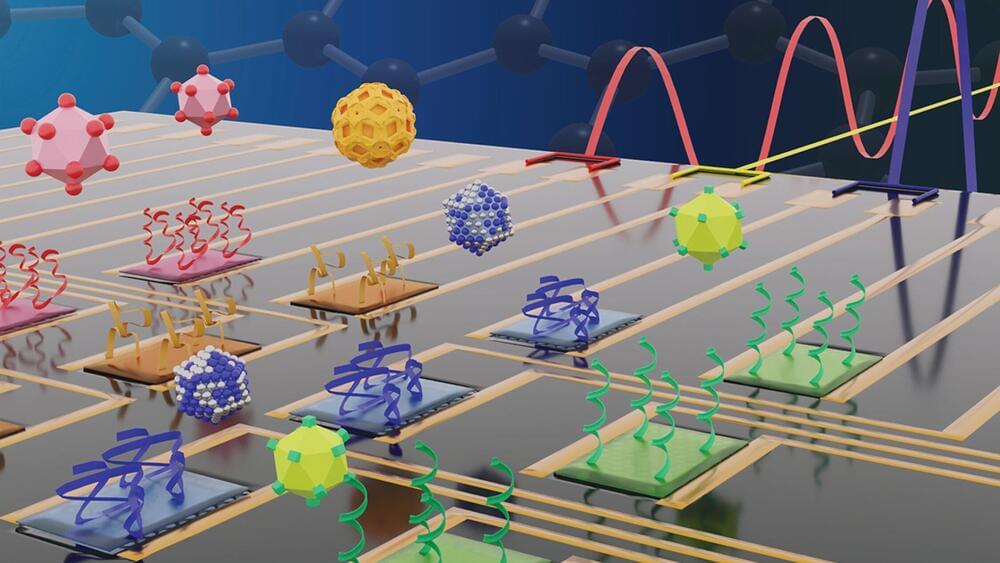Author: Agnes Chan // Editor: Erin Pallott
I believe most of you have seen that in movies life-threatening events are often depicted in slow motion. Have you ever wondered that it may be true that time is slowed down during certain events? There are several situations in which time was reported to have slowed down or things appeared to happen in slow motion. For example, people often report time slowing down during car crashes or other high-adrenaline situations. These situations are often associated with high levels of fear and danger. If time appeared to be slowing down, it implies that the speed of the internal clock increased during the event. Similar phenomena were reported in military firefights and professional players of high-speed sports reporting their opponents moving in slow motion. It can also be seen in more ordinary events like anxiously waiting for a doctor’s appointment and the passing of time felt slower.








